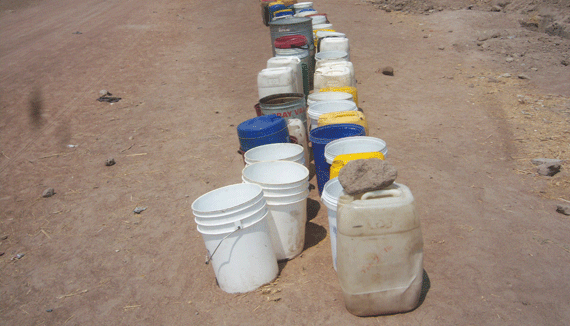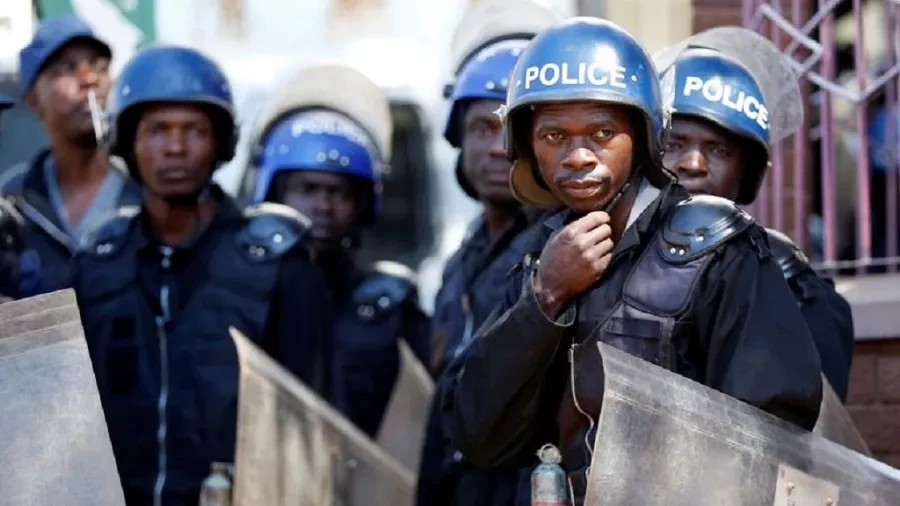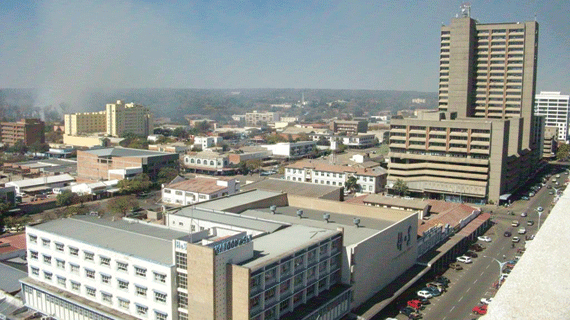
BULAWAYO’S water supply dams’ holding capacity continues to drop despite rains, as they are 62,69% full down from 64,7% early January, but authorities insist this is enough to last the city to August 2017.
Chief Reporter
Bulawayo City Council recently said water rationing would only be suspended if the dams’ average capacity reached 80%.
However, the city’s dams only hold a combined average of 64,7%.
Water limits are still pegged at 750 litres per day in low-density areas, 500ltr per day in high-density areas and 450ltr per day for residential flats with individual metres.
According to figures from the municipality, Mtshabezi holds the highest percentage of 93,12, Insiza Mayfair 84,24%, Lower Ncema 65,37%, Upper Ncema 33,45%, Umzingwane 33,27% and Inyankuni is at 28,94%.
According to a latest council report, water at Mtshabezi is projected to last to May 2021, while Lower Ncema, Upper Ncema and Umzingwane could be exhausted by next January.
The depletion period for Inyankuni and Insiza is projected for January 2017 and April 2018 respectively.
- Chamisa under fire over US$120K donation
- Mavhunga puts DeMbare into Chibuku quarterfinals
- Pension funds bet on Cabora Bassa oilfields
- Councils defy govt fire tender directive
Keep Reading
The Department of Meteorological Services of Zimbabwe recently warned of flooding as heavy rainfall is expected in some parts of the country, but there was no mention of Matabeleland South, where Bulawayo’s supply dams are situated.
Floods were predicted in Matabeleland North, the Midlands, Mashonaland and Manicaland provinces to last through to Friday.










